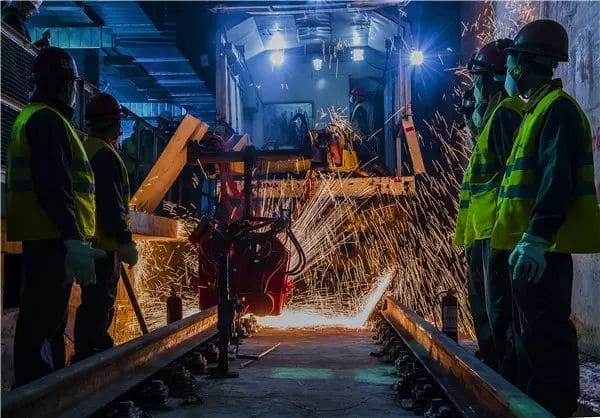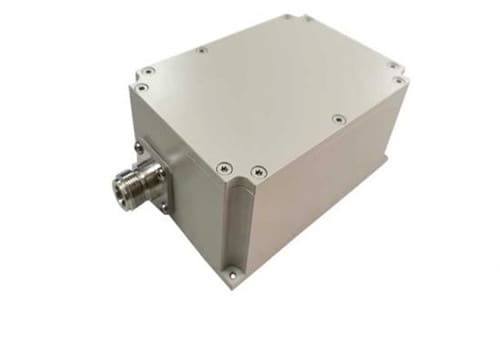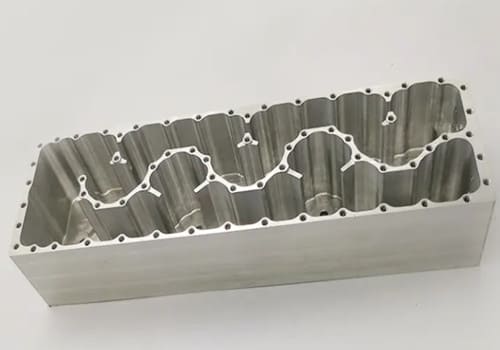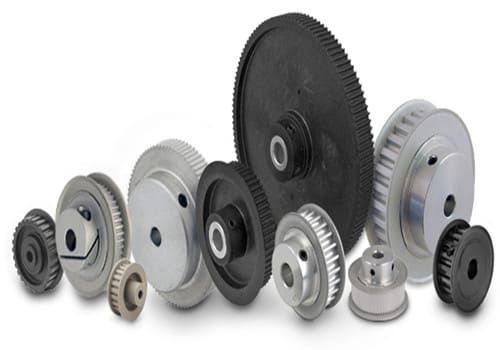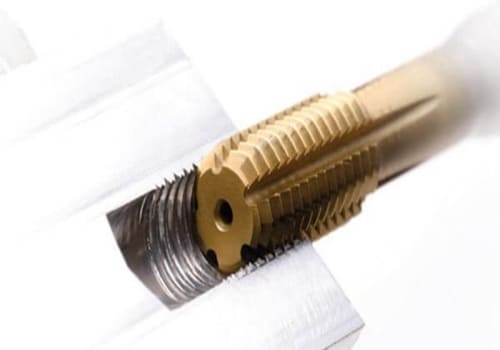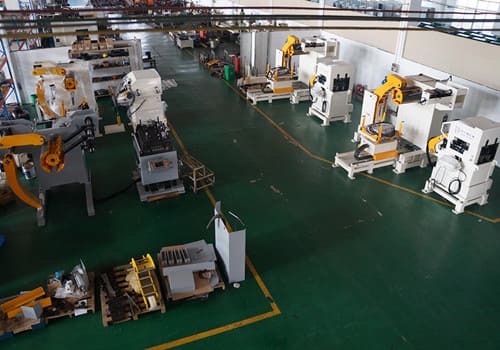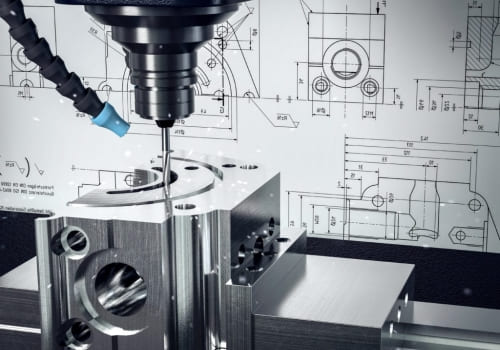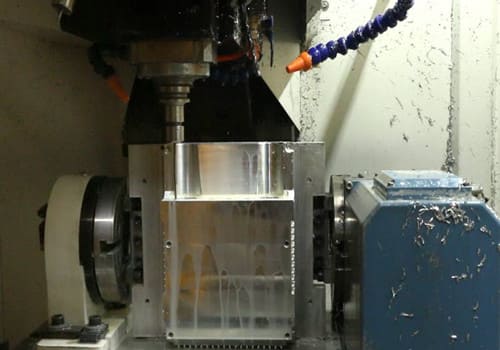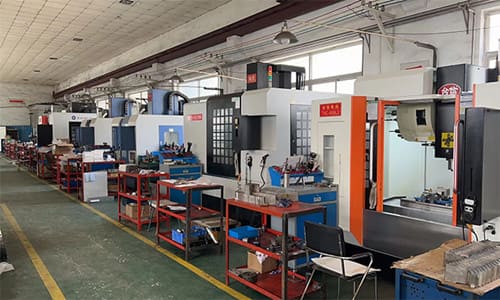The basic forms of welding deformation include shrinkage deformation, angular deformation, bending deformation, wave deformation and twisting deformation. During the welding process, uneven heating and cooling of the weldment is the root cause of welding stress and deformation. The main technological measures to reduce welding stress and deformation include:
1. Reserve the amount of shrinkage deformation. According to theoretical calculations and practical experience, the shrinkage allowance is considered in advance during the preparation of the weldment and the welding process, so that the workpiece after welding can reach the required shape and size.
2. Anti-deformation method. Based on theoretical calculations and practical experience, pre-estimate the direction and size of structural welding deformation, and then give a preset deformation of opposite direction and equal size during welding assembly to offset the deformation after welding.
3. Rigid fixation method. The weldment is rigidly fixed during welding, and the rigid fixation is removed after the weldment is cooled to room temperature after welding, which can effectively prevent corner deformation and wave deformation. This method will increase the welding stress and is only suitable for low-carbon steel structures with better plasticity.
4. Choose a reasonable welding sequence and try to make the weld shrink freely. When welding structural parts with many welds, the staggered short welds should be welded first, and then the straight through long welds should be welded to prevent cracks at the joints of the welds. If the welding seam is longer, the gradual back welding method and jump welding method can be used to make the temperature distribution more uniform, thereby reducing the welding stress and deformation.
5. Hammer weld method. During the cooling process of the weld, use a small round head hammer to hammer the weld evenly and quickly, causing the metal to produce plastic extension and deformation, offsetting part of the welding shrinkage and deformation, thereby reducing the welding stress and deformation.
6. Heating “reduction zone” method. Before welding, the area near the welding part (called the stress relief zone) is heated to extend it. When it cools after welding, the heating zone shrinks together with the weld, which can effectively reduce welding stress and deformation.
7. Preheat before welding and slow cooling after welding. The purpose of preheating is to reduce the temperature difference between the weld zone and other parts of the weldment, reduce the cooling rate of the weld zone, so that the weldment can be cooled down more uniformly, thereby reducing welding stress and deformation.
As a professional CNC machining manufacturer, DO Machining not only produce metal parts, but plastic and wood parts are also available.
Please visit our CAPABILITIES and what PRODUCTS we did.
CNC machining service is the core business of DO Machining, from protptyes to bulk production, our professional 3/4/5 aixs CNC machining centers, CNC turning equipments, CNC turning-milling equipments, CNC grinding machines etc., are operated by well trained manufacturing engineers to meet the demands from global 1000+ customers in 30+ industries.
CNC Machining can be done starting with blanks produced from standard bar stock or one of DO Machining other manufacturing processes.
Contact us to see how we can provide overall value to your CNC machining needs.

